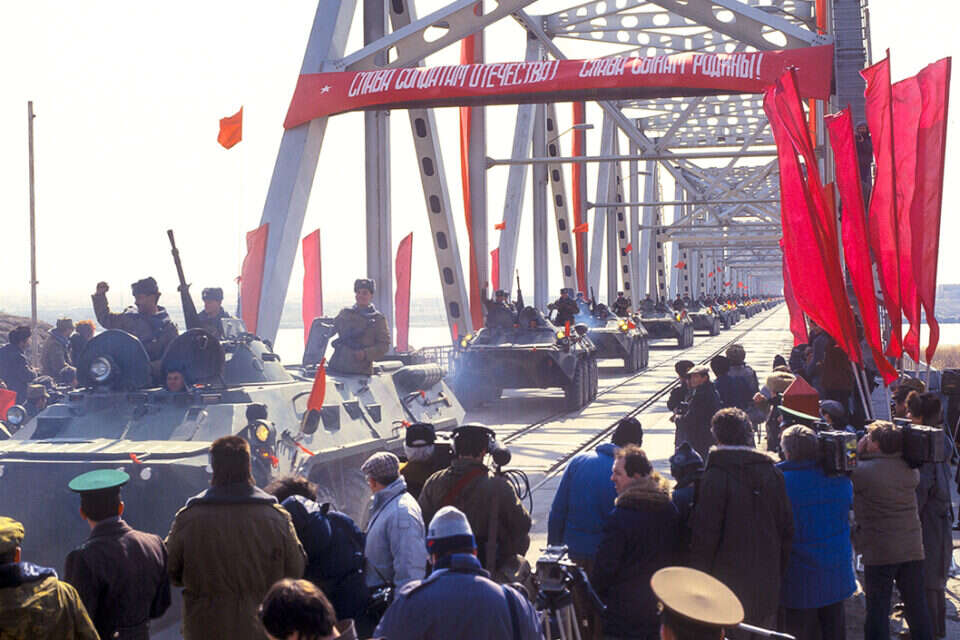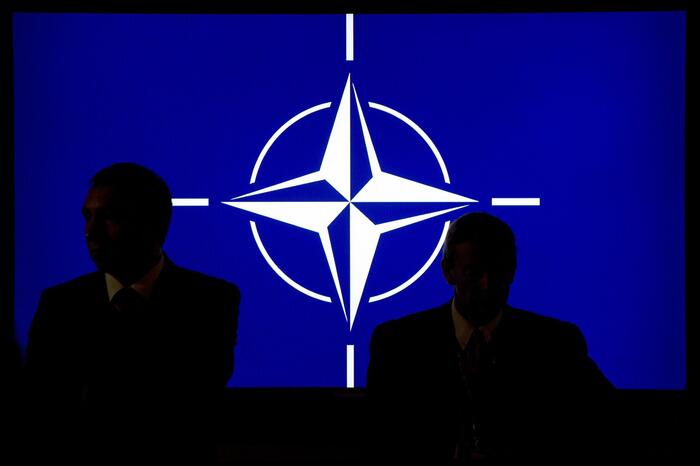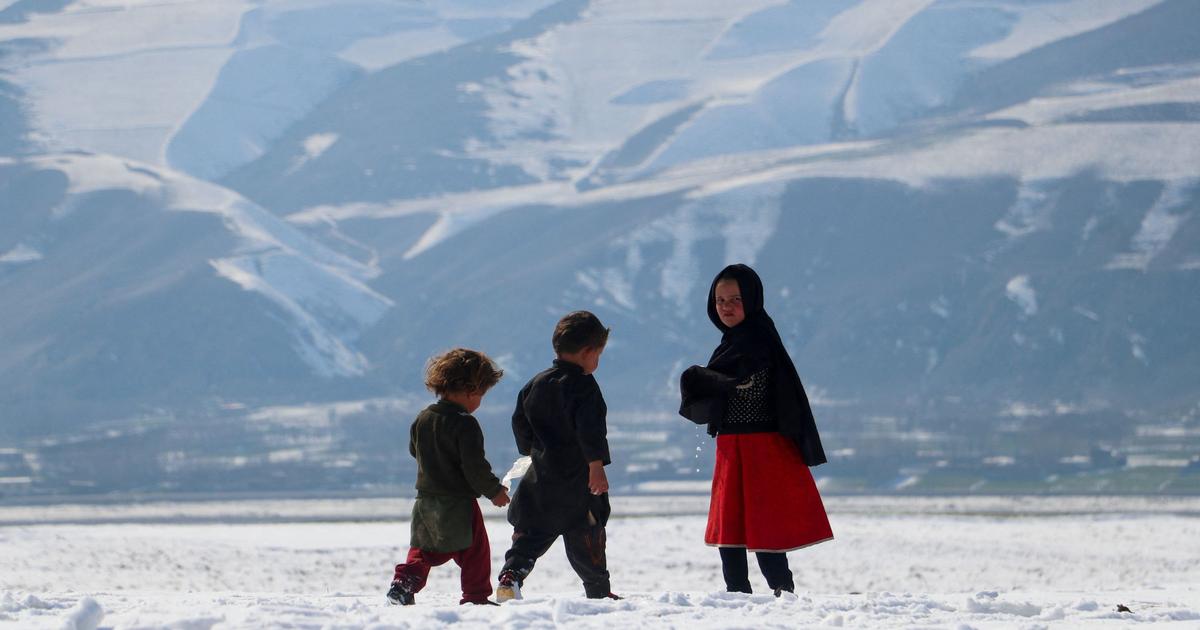On February 14, 1989, in an impressive ceremony, the last Soviet armored column left Afghanistan via the "Friendship Bridge" ("Hyrton") into the territory of Uzbekistan, part of the then USSR. Foreign journalists gathered near the bridge to watch a passing column Red flags and slogans of the regime, which praised the achievements of the Soviet army in the territory of the foreign state.
The withdrawal, which was carried out in a relatively orderly manner and without significant combat, was very different from the withdrawal of American forces this year from Kabul International Airport.
But despite the neat appearance, the result was the same.
The USSR, like the other powers before it, failed to dictate the political order of the mountainous and hostile state. Worse, it was its great rival from the Cold War, the US, that cunningly managed to plunge Moscow into costly military intervention in resources and human life, while the Soviet empire was in crisis. deep.
The Soviet intervention in Afghanistan generally began with a local revolution in 1978, during which local communists, with the encouragement of Moscow, seized power and killed the then ruler of the country, Muhammad Daoud Khan.
The coup itself was bloody, and more than 2,000 people lost their lives in the fierce fighting that accompanied the establishment of the dictatorship, dubbed the "Democratic Republic of Afghanistan."
The new regime launched a series of executions, torture and repression of its opponents. Experts estimate that more than 20,000 people were killed in the new regime's prison system in the first months of its existence. The tremendous cruelty of the new extremist rulers, alongside their far-reaching secular and social reforms, infuriated conservative Afghan society. Less than a year after the communist takeover, a revolt broke out in the city of Harat, during which clerics and military officers joined the masses in an attempt to overthrow the regime. The communist ruler, Nur Muhammad Tarki, turned to the USSR secretary general and asked for full Soviet military intervention, but Leonid Brezhnev replied, "Such a thing would only serve your and mine enemies."
But months passed and opposition to the Soviet presence only grew, and the USSR began to increase aid to the Afghan army. In the summer of 1979, aid became a full-fledged military intervention, despite opposition from senior Moscow officials. In Vietnam, the USSR found itself immersed in a conflict in a foreign country, in a complex political, ethnic and social situation, which it was difficult to understand.
Only Soviet peasants faced Soviet forces. As the cycle of violence expanded throughout the 1980s, more and more foreign volunteers joined it. They called themselves "Mujahideen", jihad fighters, because for them the war was the war of Islam in the atheist Soviet Empire. Those who helped these fighters were Pakistani and US intelligence, which funded and equipped them with advanced weapons, such as Stinger missiles. The
Soviet troops sent to suppress the rebels in Afghanistan did include special and experienced forces, but were mostly composed of simple soldiers, many from the USSR periphery.
Evidence from the soldiers reveals how little they were trained to deal with the complex situation in the mountainous and tribal state.
"We were young," Ilham, a soldier who served in Afghanistan, told al-Jazeera.
"Our commanders told us we were going to war to protect our families. They did not tell us where we were going, they just told us they would explain the situation to us when we got there. We just finished training and took our weapons, and set off."
Soviet involvement in Afghanistan lasted almost a decade.
It cost the lives of nearly 15,000 soldiers, and tens of thousands were wounded.
The Afghans paid a terrible price for this: between half a million and two million people died in the brutal war, and more than five million became refugees.
But geopolitically, the most dramatic price ever paid by the USSR itself: tens of billions of dollars evaporated in the mountains of Afghanistan - a huge economic burden for an empire that was already collapsing. And the proceeds of intervention were only a scorching defeat.
Were we wrong?
Fixed!
If you found an error in the article, we'll be happy for you to share it with us



/cloudfront-eu-central-1.images.arcpublishing.com/prisa/2C7HIYVHBZDA3HEZNJ6CDVQPUM.JPG)


/cloudfront-eu-central-1.images.arcpublishing.com/prisa/YVK4HZAFDKHYPX5IOZ5XKJSHDA.jpg)

